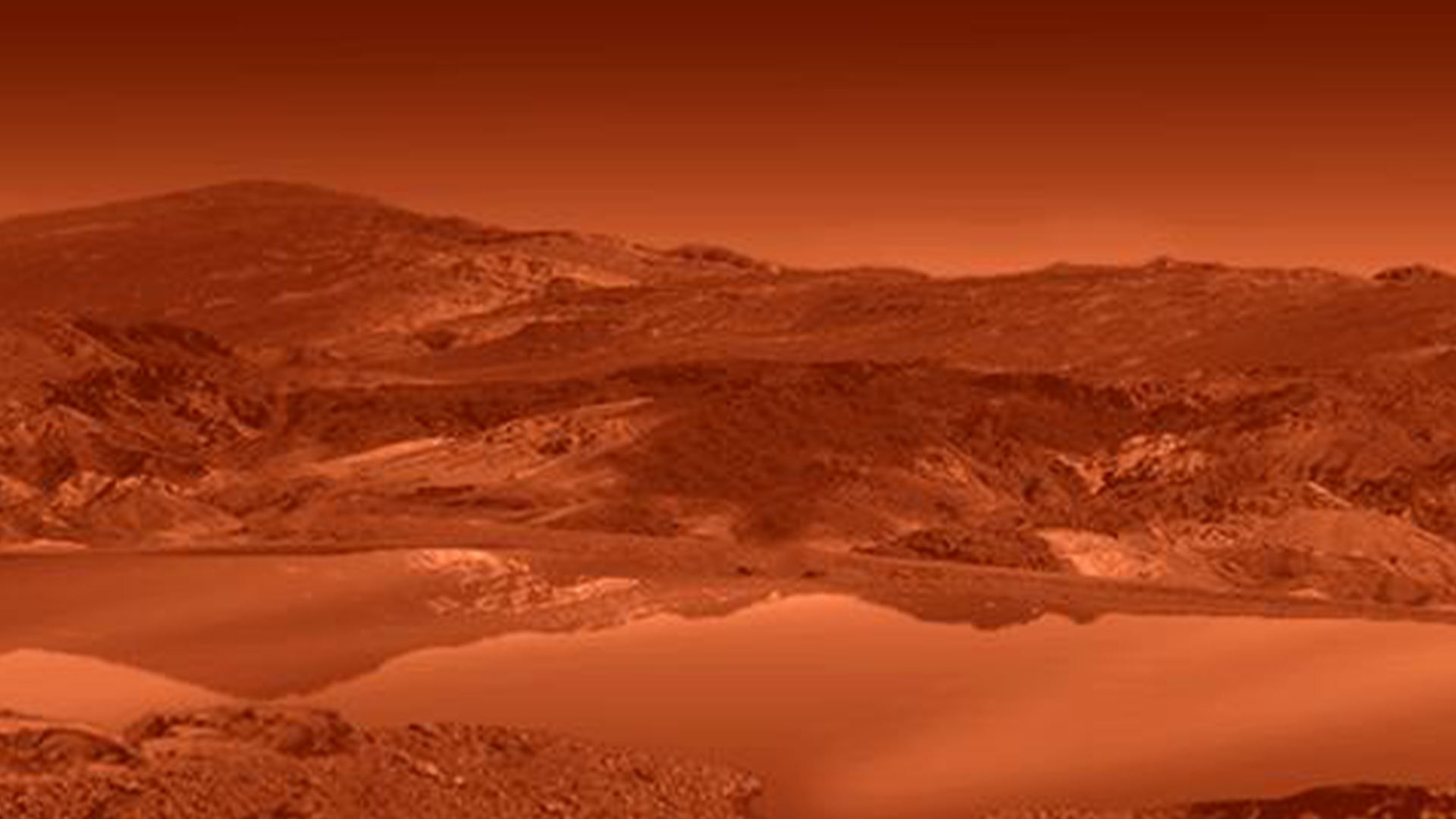Mysterious 'magic' islands that come and go on Saturn's moon Titan finally have an explanation
Bright spots that appear and vanish on Saturn's moon Titan have a seemingly simple explanation — they're floating chunks of frozen organic material.

Saturn's moon Titan may be known for its methane lakes, but it also has "magic" islands — mysterious bright spots atop the lakes that come and go, with no known explanation. However, a new study, published Jan. 4 in the journal Geophysical Research Letters, proposes a surprisingly simple explanation for the magic islands: They're floating chunks of frozen organic material.
"I wanted to investigate whether the magic islands could actually be organics floating on the surface, like pumice that can float on water here on Earth before finally sinking," study lead author Xinting Yu, a planetary scientist at the University of Texas at San Antonio, said in a statement.
Titan is a particularly strange place in the solar system, with a "methane cycle" somewhat analogous to the water cycle on Earth. Instead of liquid water oceans, it has placid liquid methane lakes, whose waves measure only a few millimeters. Instead of having an oxygen atmosphere, Titan is filled with hazy clouds of organic molecules.
Yu wondered what would happen if clumps of that atmospheric haze fell into the lakes. Would they float or sink — or perhaps even float for a while before eventually succumbing to the liquid, just like the magic islands?
"For us to see the magic islands, they can't just float for a second and then sink," Yu said. "They have to float for some time, but not for forever, either."
The researchers used physics and chemistry calculations to determine what happens to particles when they hit the lake, and, if they didn’t sink, how long they’d stay afloat. They found that the clumps of solids wouldn't dissolve in the lakes. But they would also be too heavy to float — that is, unless they were extremely porous, full of holes just like the pumice stones Yu imagined.
The researchers found that if the clumps were big enough and had enough holes, they would float until the methane slowly seeped in and dragged them down. These conditions replicated the behavior of the magic islands. To reach the critical mass needed to stay afloat, clumps might first form on the shoreline, with pieces breaking off and drifting to "sea" like glaciers on Earth, the team suggested.
Sign up for the Live Science daily newsletter now
Get the world’s most fascinating discoveries delivered straight to your inbox.
It seems like the islands aren't so magical after all — just an unfamiliar version of the same planetary phenomena we know on our home world.

Briley Lewis (she/her) is a freelance science writer and Ph.D. Candidate/NSF Fellow at the University of California, Los Angeles studying Astronomy & Astrophysics. Follow her on Twitter @briles_34 or visit her website www.briley-lewis.com.










